There can be your advertisement
300x150
How to Create Your Dream Home Without a Designer: 4 First Steps
Where to find inspiration and how to come up with a concept for your future interior yourself? Designer Elena Lagutina shares her insights
When starting work on designing the interior of your home, the first thing you need to do is understand and feel what the new interior will look like, and define what will serve as inspiration. Let's start from the beginning... What is inspiration?
Personally, I like this definition: 'Inspiration is a state of spiritual tension, a boost of creative energy and artistic excitement in a person.' In other words, you need to find what resonates with your heart and brings you pleasant emotions.
Every creative person has their own recipe for finding inspiration. Some need a trip to another city and new experiences. Others are inspired by works of art, culture from other countries, beautiful fashion shoots in magazines, legendary figures, and simply interesting creative people.
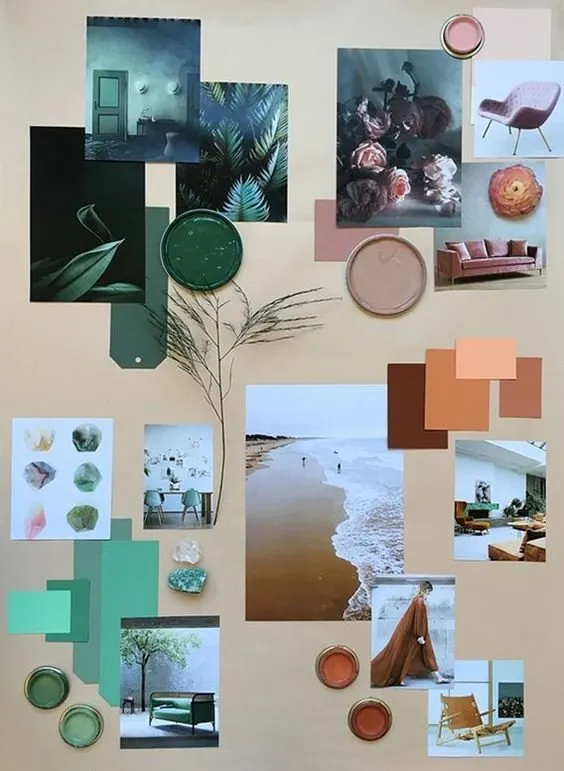
How to work with inspiration? Step 1: Collect images and illustrations that resonate with your soul.
Create a folder on your computer where you'll store interiors you like or just beautiful photos of natural corners, fashion shows – everything you simply enjoy looking at!
Clip out favorite photos from magazines, store them in a folder or notebook, write down any of your ideas and thoughts, even if they are not directly related to interior design. Let this folder become your designer's reference guide and source of creative inspiration.

Step 2: Learn to listen to your inner voice and analyze what exactly you liked
Carefully review the materials you've collected, ask yourself what exactly you liked, what resonated with your soul? Was it a particular detail? Or maybe a color or color combination, texture or again their combination?
A creative person is curious, has analytical abilities and can transform what they see into a new form in a completely different area: architecture, fashion, high-end kitchens, and ultimately interior design. Learning this is not difficult: you just need to pay attention to details, analyze, listen to yourself and constantly practice these skills. Believe me, the sense of inspiration can be trained and developed.
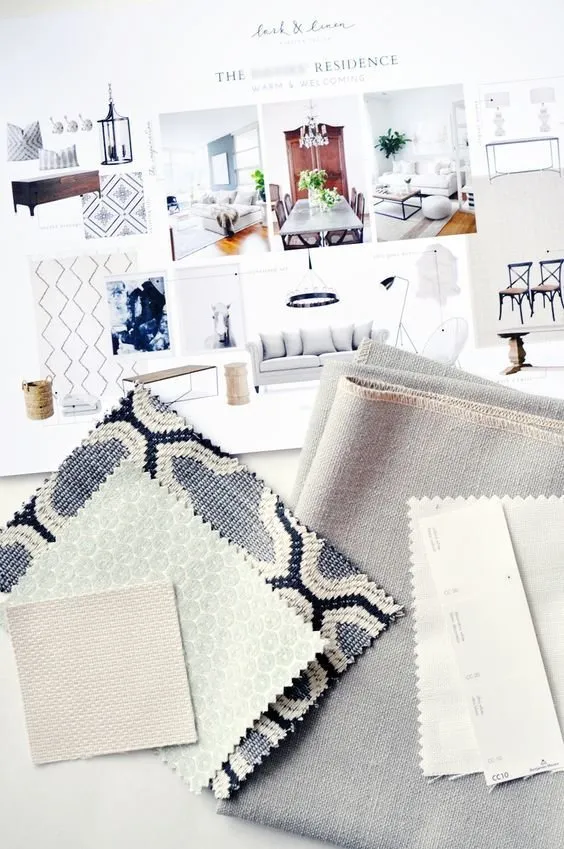
Step 3: Create a collage or moodboard
Collect all the elements you liked from the previous exercise and make a collage out of them. It can be done on a computer, but it's even better to assemble it by hand on a large sheet of paper (e.g., A3 format).
Glue in not only your favorite pictures or fragments of images, but also real textures and objects. These can be wooden buttons, pieces of fabric, dried flowers – everything that responds to your feelings, including tactile elements.
Before you start making the collage, take a second look at the selected items and try to sort them – you will clearly see what theme is reflected here. Once you understand what that theme is, you can find more materials to complete and enrich the image.
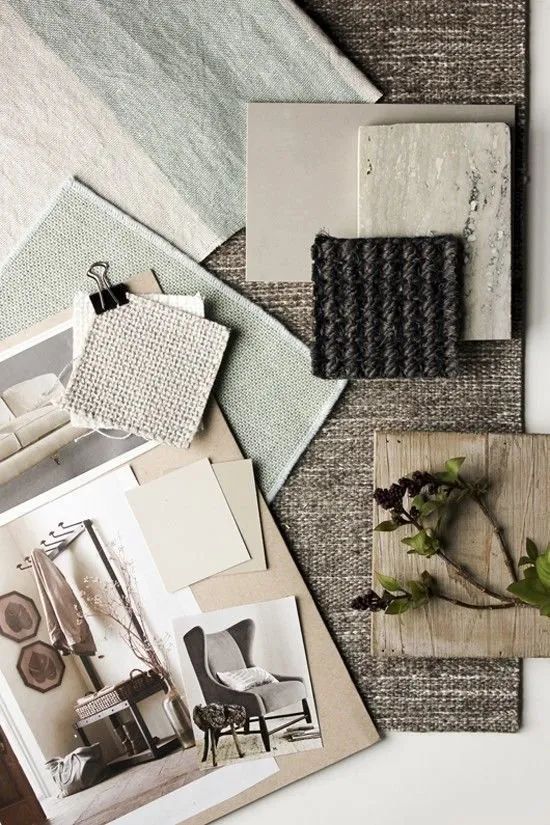
Step 4: Form the concept of your future interior
Now try to characterize the resulting image – this will help you check whether these are indeed the emotions your future interior should embody. This technique is very effective, as it allows you to illustrate the concept to all family members. Perhaps your household members will have their own associations with your moodboard – it’s not a problem, as long as they are positive.
Together, come up with a name for your future interior: nothing can bring the family closer than a joint brainstorming session. By agreeing on the concept of your future interior at a family meeting, you will find it easier to achieve consistency when choosing interior items and finishing materials.

There is also a second approach, from the reverse direction, when you first formulate words or associations and then select images illustrating those emotions.
Whichever of these approaches you choose, I'm sure you will get great enjoyment and a powerful creative boost before developing the interior of your home.

On the cover: Elena Lagutina's design project.
More articles:
 How to Decorate a Rectangular Room: 13 Professional Examples
How to Decorate a Rectangular Room: 13 Professional Examples Editor's Choice: 10 Items on IKEA Sale
Editor's Choice: 10 Items on IKEA Sale 4 Ideas for Layout of a Small Bathroom in a New Building
4 Ideas for Layout of a Small Bathroom in a New Building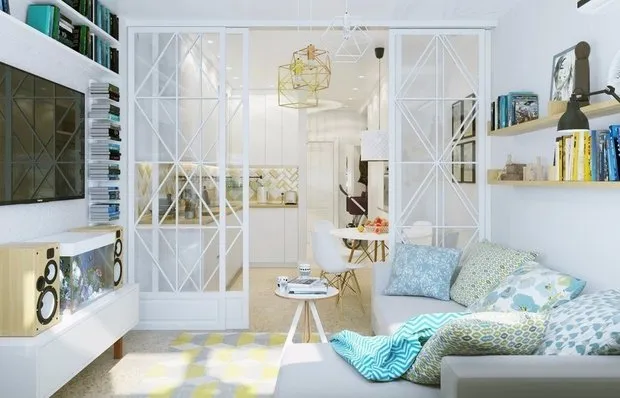 How to Choose a Small Apartment: Floor Plans + Tips
How to Choose a Small Apartment: Floor Plans + Tips Women's, Men's and Family Wardrobe: 15 Rules for Organization
Women's, Men's and Family Wardrobe: 15 Rules for Organization How Our Small Apartments Differ from European Ones
How Our Small Apartments Differ from European Ones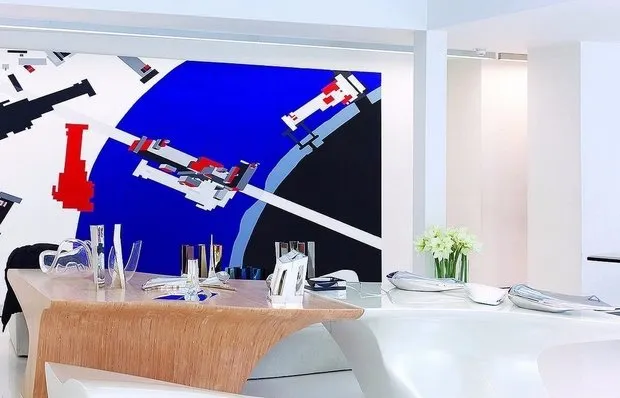 How Architects Live: 8 Interiors That Will Inspire You
How Architects Live: 8 Interiors That Will Inspire You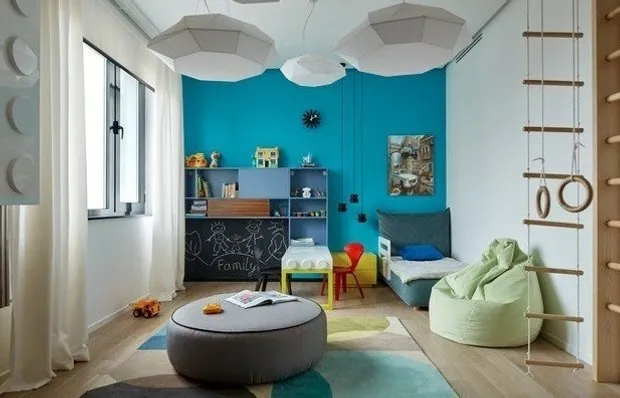 What Should Be in a Child's Room: 5 Ideas from Professionals
What Should Be in a Child's Room: 5 Ideas from Professionals